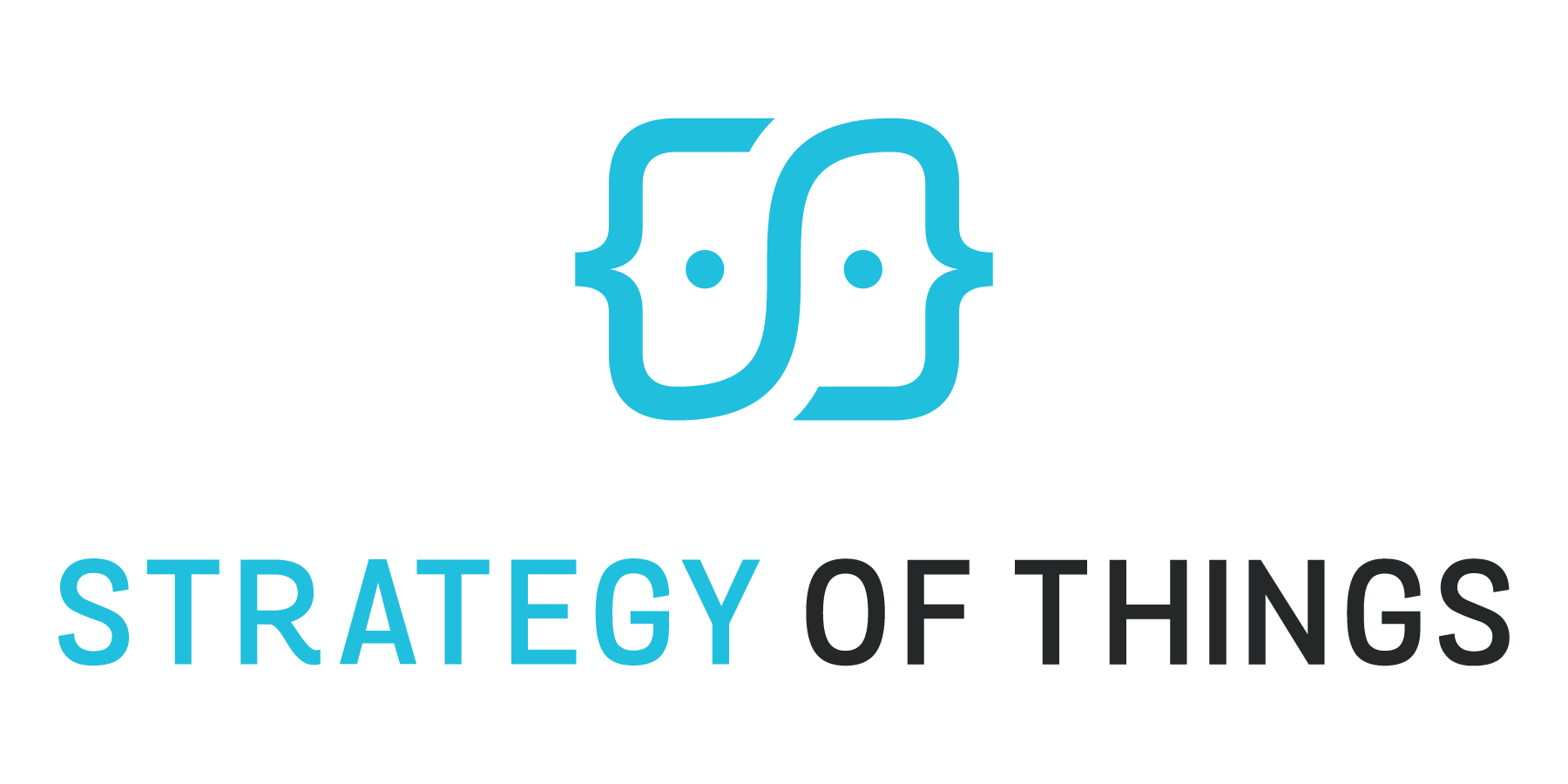Smart buildings transform the spaces in which we work, live, shop, and relax. They implement innovations that change what we do, how we do it, and where we do it. The COVID-19 pandemic disrupted how we used indoor spaces, and despite our progress in combatting the disease, scientists believe it will persist. What then becomes the role of smart buildings?
Current smart building definitions reflect pre-COVID-19 values, referencing subjects such as data, sensors, connectivity, and building systems, including HVAC and security. Others cite specific technologies, such as artificial intelligence and the Internet of Things; smart building actions, such as monitoring, data analysis, and insight generation; and finally, smart building outcomes, such as efficiency, productivity, user experience, and cost reduction.
The industry needs an updated definition to drive understanding of what is a smart building, the value it provides, and its role in today’s COVID-19 world.
Redefining the smart building to support today’s priorities
A smart building is a platform that integrates community, building systems and infrastructure, information and communications technologies, sensors and devices, data, advanced analytics, and algorithms to evolve and deliver outcomes relevant to a building’s ecosystem of stakeholders in an agile, effective, and responsive way over its useful life cycle. The specific outcomes vary by stakeholder, but include financial (cost savings, income generation), operations management, business productivity and transformation, energy and environmental sustainability, resilience and continuity, occupant health, wellness and safety, tenant and guest experience, and community vitality.
This updated definition is informed by three observations.
First, buildings don’t exist and operate in a silo. They are part of a larger ecosystem of surrounding buildings, the surrounding community, and the people who use, own, service, and are impacted directly or indirectly by the building’s presence.
Second, any building—smart or not—should provide outcomes relevant to the needs and interests of its ecosystem of stakeholders: owners, builders, facilities operators, tenants, visitors, service providers, and city and community members. A smart building should deliver these outcomes more effectively or in ways not previously possible.
Third, the values a building provides are not static, but evolve to remain relevant to its ecosystem. A proper foundation is necessary to adapt to planned and unplanned future needs.
Smart buildings in the age of COVID-19
COVID-19 changed how indoor spaces in buildings are designed, used, and operated in order to facilitate safety and health outcomes. For example, indoor spaces have been modified to reduce occupancy levels, promote social distancing through partitions, and improve ventilation. Many building tenants and businesses have adopted remote and hybrid operations. Others instituted new operating models, such as online delivery, appointment-only services, curbside pickup, and the rendering of services outdoors.
Some changes, such as hybrid work models, will continue for the foreseeable future. Today’s smart buildings must align to advancing safety, resilience, and transformation needs to remain relevant.
Safety. Operating buildings and indoor spaces that support health, safety, and wellness is top of mind for owners, facilities managers, and commercial tenants. Failure to do so will result in illness and death, legal and financial liability, building and space closure, tenant vacancy, operational disruptions, and loss of business.
Smart buildings play a critical role in enabling health, safety, and wellness and in restoring public trust in indoor spaces for activities. For example, proper indoor ventilation is crucial to mitigating COVID-19 transmission. Carbon dioxide sensors, placed strategically, help determine ventilation adequacy in a space by informing HVAC controllers to increase ventilation in zones where high CO2 levels are detected.
Modern HVAC systems are designed for thermal comfort and not for health outcomes. Optimizing for the latter can cause systems to operate less efficiently—but intelligent algorithms can proactively manage occupancy throughout a building’s space. For example, these algorithms can direct a conference-room scheduling system to prevent new reservations where CO2 levels are rising and to restrict availability to rooms on other floors. As a result, CO2 levels can be managed to maintain safe levels without increasing ventilation rates.
Establishing occupant trust and peace of mind in the health safeness of a space is important. If building occupants, tenants or visitors don’t perceive a space to be safe, they won’t enter that space regardless of the conditions. Intelligent algorithms can compute and broadcast a confidence score, using real-time data from occupancy sensors, CO2 sensors, and HVAC operations, on digital signage to allow people to make informed choices on whether to use a space.
Resilience. With their high-tech infrastructure, solar and energy storage systems, and robust telecommunications systems, smart buildings can continue to operate during disruption events. Excess capacity can be used to benefit the community. For example, electricity stored in a smart building’s batteries can be discharged to the grid in the late afternoons or at periods of peak demand to ensure sufficient electrical supply to nearby businesses and buildings.
Smart buildings also bring economic vitality and resilience to local communities. When buildings sit empty or are underutilized, the surrounding businesses suffer economically or, in the worst case, shutter. Smart buildings allow occupants to return to in-person activities and operations to continue even during disruptive events.
Another benefit is the cultivation of a futureproof workforce and community. Smart buildings create demand for digital-savvy engineers, integrators, service technicians, data analysts, and a supporting digital supplier ecosystem to support their operation. The new jobs and economic vitality create optimism, drive new growth in the surrounding communities, and attract new support businesses and residents.
Transformation. COVID-19 has transformed how businesses operate, from offering online and curbside services to making its entire workforce remote. Smart buildings are a platform that supports business transformation in our new normal.
For example, to implement same-day deliveries, a business must evolve its supply-chain processes to expedite and automate operations. A smart warehouse equipped with sensors can promote worker efficiency by identifying where operators spend most of their inventory-picking time and suggesting ways to relocate inventory for faster pick times. By tracking people and forklift movements, sensors can preemptively notify operators of possible collisions on a busy floor.
Tracking sensors can also enable the storage of inbound priority inventory in loading zones for same-day pickup without requiring transfer into formal warehouse inventory. A robust sensor network combined with a supporting communications and connectivity infrastructure can enable these capabilities and process them with powerful, in-building, edge-computing systems.
Must-haves for moving forward
Our return to in-person activities will not be business as usual. To stay relevant, the spaces and buildings to which people are returning must evolve to address their needs and concerns. Real estate owners planning new or retro projects can re-evaluate current needs and update their plans to incorporate capabilities possible through smart buildings.
Tenants looking for new spaces or assessing their current real estate should inquire whether smart infrastructure and capabilities exist or are planned to support their new priorities. Communities should promote, encourage, and incentivize the development and retrofitting of smart buildings to retain and attract businesses and facilitate economic development.
In the age of COVID-19, smart buildings are no longer nice-to-haves, but platforms for safety, resilience, and transformation.
This article was originally published in Smart Buildings Technology magazine on May 10, 2022.
Thanks for reading this post. If you found this post useful, please share it with your network. Please subscribe to our newsletter and be notified of new blog articles we will be posting. You can also follow us on Twitter (@strategythings), LinkedIn or Facebook.
Related posts:
Creating COVID-19 Safe Spaces for Reopening and Return to Work (Part Two)
Creating COVID-19 Safe Spaces for Reopening and Return to Work (Part One)
Managing Indoor Air Quality with IoT in a COVID-19 Safe Space

